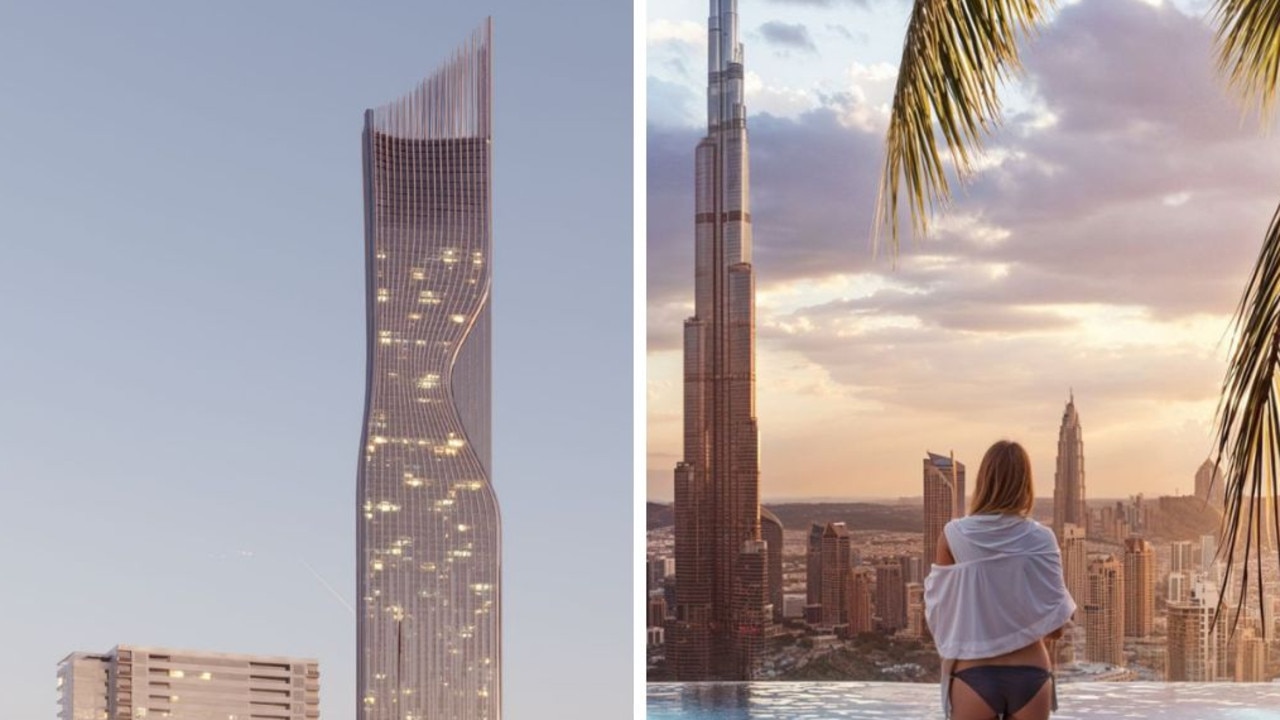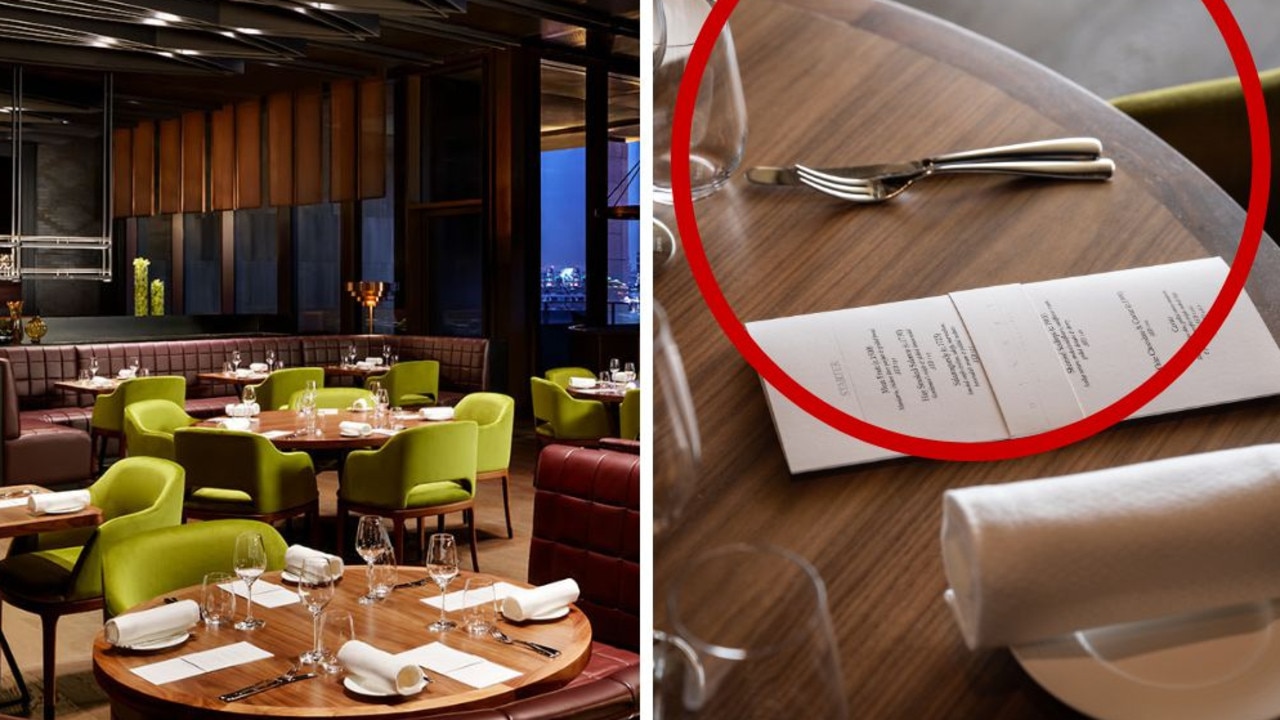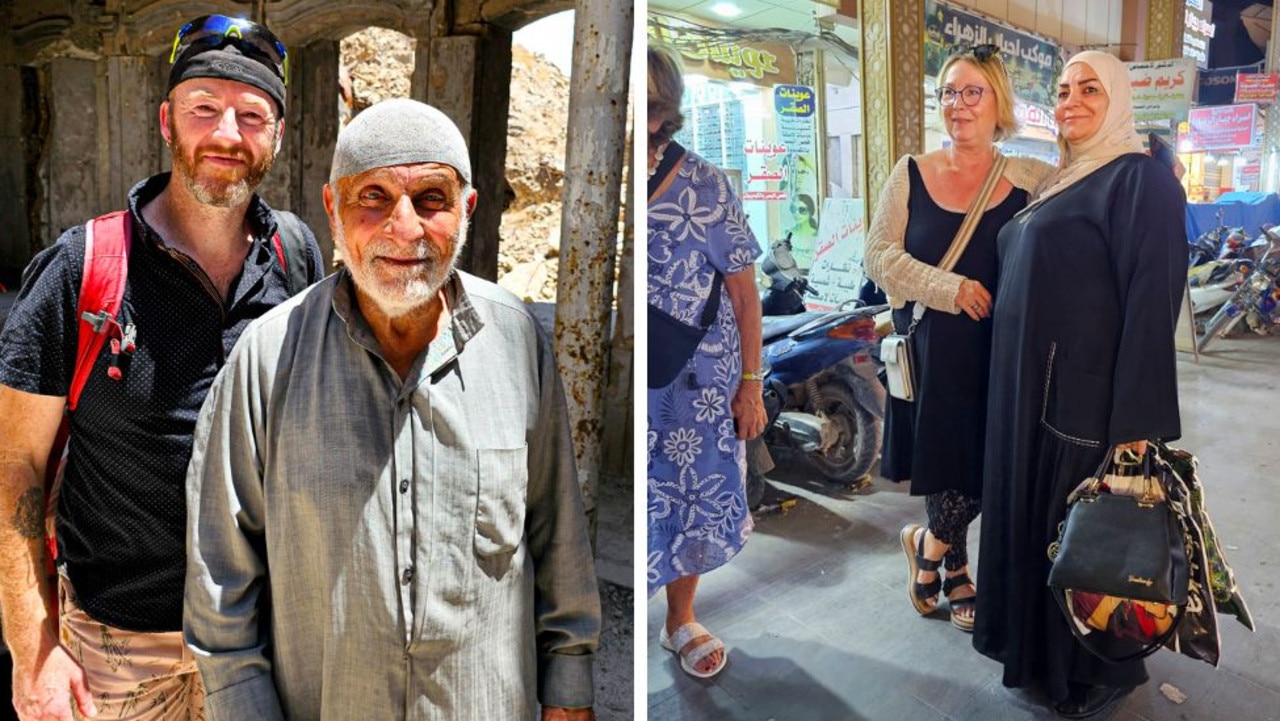Tourism to Iran is booming
WHO wants to visit a “rogue nation” that was once part of the “axis of evil”. Apparently lots of Australians, despite what the Government tells us.
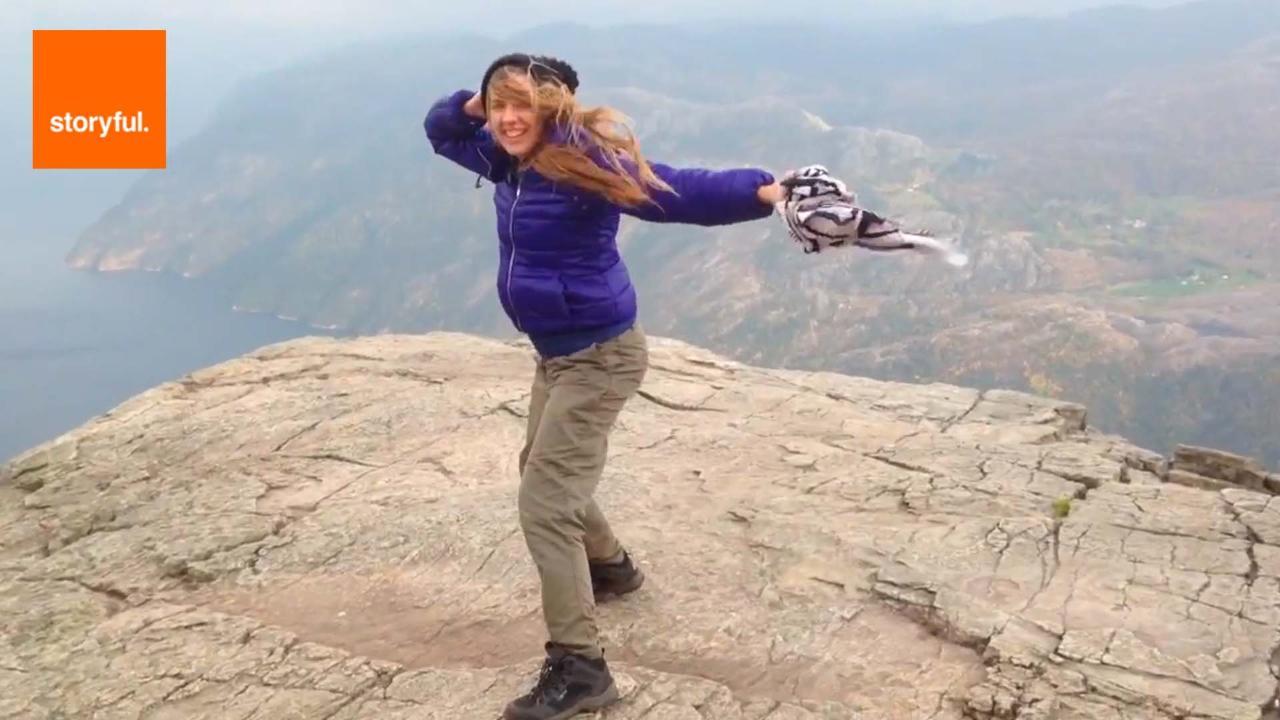
THIRTY-eight years ago, Iran was perhaps the most dangerous place in the world to visit. Even just three years ago, it was difficult and risky to travel to. Now, it is an emerging tourist destination luring travellers from across the globe.
Tourism to the Middle Eastern country has increased almost tenfold in the past two decades, with Iran welcoming more than 5.2 million foreign visitors to its shores in 2015, according to figures from The World Bank. And Australians certainly aren’t immune to its allure.
Figures from Intrepid show there has been a massive increase in Aussies booking trips to Iran. This year so far, 50 per cent of Iran bookings through Intrepid have come from Australian travellers, compared with 35 per cent in 2016.
Interest in the historic Persian Gulf nation is so hot that the global adventure travel company has had to add the country to the list of some of its tours, most recently its Real Food Adventures tour.
“Overall the reputation of Iran has been shifting,” Intrepid’s product manager for the Middle East, Jenny Gray told news.com.au.
“The word is getting out and people really want to discover it while it is still authentic and relatively untouched.
“It is a fascinating country. It is neither East nor West. It’s a destination that surprises you and exceeds your expectations — you’ve got incredible Persian ruins, you’ve got the ancient capital of Persepolis, the most incredibly decorated mosques. On top of that, hands down, every single person I’ve spoken to that has been to Iran will tell you that it is the people that have exceeded their expectations. It is the most hospitable country. Everything you think you might have known, or the preconceptions you have generated, will get blown out of the water immediately.”
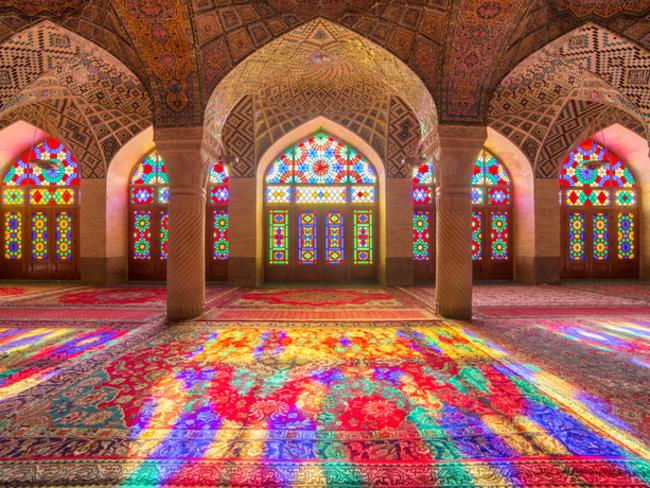
For decades, news coverage of Iran has been overwhelmingly negative, led by the Iranian Revolution in 1979 and the resulting US hostage crisis (which inspired Ben Affleck’s Argo). Later the country was named as one of George W. Bush’s three ‘Axis of Evil' nations.
And its government has been called out by Human Rights Watch for the high number of executions and suppression of freedom of expression.
To outsiders, Iran has been viewed as barbaric and scary.
But while the Department of Foreign Affairs (DFAT) advises Australians to exercise a “high degree of caution” if they travel there, Iran has opened up to global tourism, allowing foreigners to experience the side of the country that isn’t doom and gloom.
“People go to Iran and they realise it is not the country they expected,” Dr James Barry, Associate Research Fellow at the Alfred Deakin Institute for Citizenship and Globalisation told news.com.au.
“A lot of people go to Iran and think it is like Saudi Arabia — that there are these incredible restrictions on women and everything else. But they go there and they realise it is a very open society and the people are really friendly. Even though it is an authoritarian society, you don’t feel that pressure on you.”
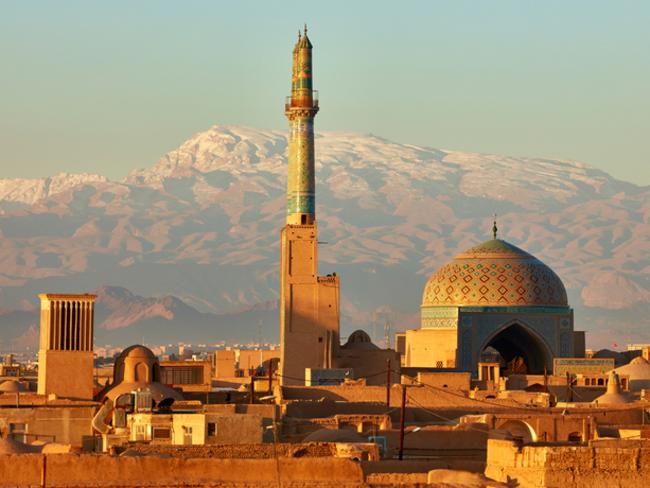
SHIFTING REPUTATION
After the Iranian Revolution in 1979 — which overthrew the US-supported, pro-Western Pahlavi monarchy to become an Islamic Republic — the country built up a reputation of being closed-off, anti-west, and anti-tourist.
“Iran of course, after the revolution, was at war with Iraq for 10 years and there was also a period of revolutionary zeal where they were not encouraging tourism — partially because a lot of their tourist sites, their ancient sites, are pre-Islamic. There was a real focus on Iran’s Islamic history and suppressing aspects of their pre-Islamic history immediately after the revolution,” Dr Barry said.
But the tide eventually started to turn when President Akbar Hashemi Rafsanjani took office ten years after the revolution in 1989, where he served until 1997.
“After the war ended and they started to restructure the economy, President Rafsanjani realised that these pre-Islamic sites were a great source of revenue from tourists from European countries,” Dr Barry said.
“But because of the war and the sanctions [after the revolution], it was difficult for a lot of Europeans to travel there.”
The president after Rafsanjani, Mohammad Khatami, then started to actively promote Iran as a travel destination.
“There was an actual emphasis on specifically targeting European tourists, Canadian and Australian tourists to come to Iran,” Dr Barry said.
However, the biggest turning point for Iran’s reputation and tourism industry came when the current president, President Hassan Rouhani came to power in 2013. He firmly cemented tourism as a top priority for rebuilding Iran’s struggling economy.
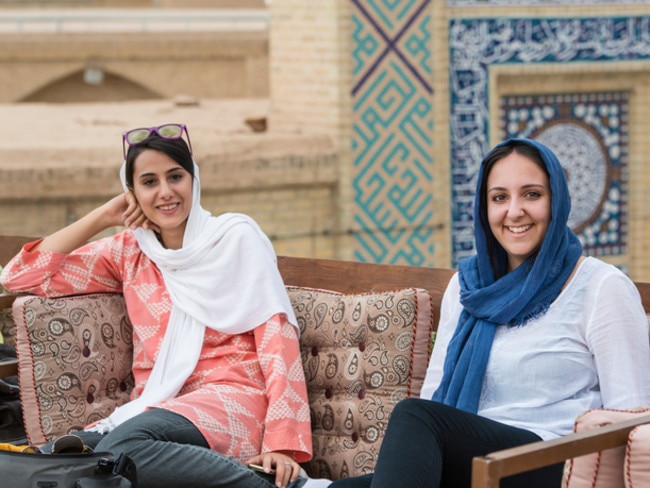
He overhauled the visa process, making it much easier to receive a tourist visa to enter Iran, removed a restriction on American tourists, and, most importantly, negotiated the Iran nuclear deal in 2015.
Under the agreement between Iran and six world powers, President Rouhani promised to limit sensitive nuclear activities in exchange for a removal of the crippling economic sanctions isolating the country from the rest of the world following the revolution.
This allowed foreign businesses to operate in Iran, including global tour operators, travel companies and hotels.
Accor was the first international company to open hotels — an Ibis and Novotel outside Tehran’s Imam Khomeini airport — after the historic nuclear deal.
So as easier travel led to more and more people arriving, a country that had once been sceptical of foreign visitors were now embracing them.
By 2025, under the country’s tourism vision plan, Iran is hoping to reach 20 million visitors a year, which could bring in an estimated $30 billion from tourism income.
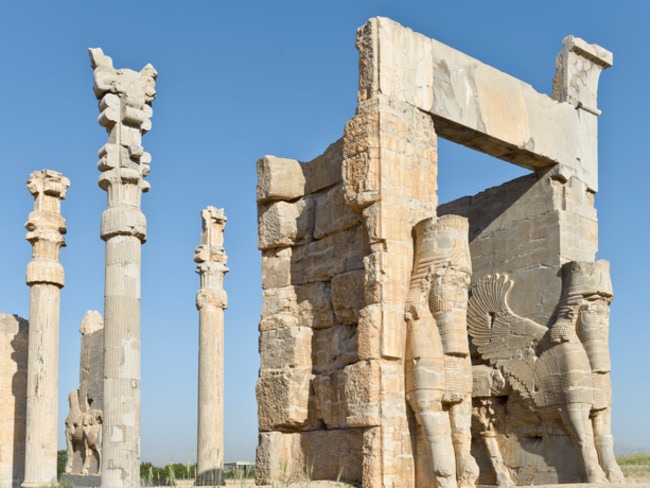
It is still a conservative country to visit — alcohol is forbidden and women are required to wear loose-fitting clothes and cover their hair with a hijab — but Ms Gray said old politics and preconceptions shouldn’t deter tourists to the new Iran.
“Modern Iran is a fusion of civilisation. It is a fusion of all kinds of things — language and history and food and culture. It is just a fascinating place,” she told news.com.au.
“It is often portrayed as this oppressive regime but when you get there it is full of warm, lively people. They are young and they are highly educated. You have all these people who are born into post-revolution Iran and they are really challenging the way things are done.
“Something that blows your mind when you’re in Iran is that I can’t think of another country where people come up to you and are genuinely curious and interested in who you are and where you’re from.”

